My comments:
https://blogs.ed.ac.uk/s2321841_contemporary-art–open-learning-2022-2023sem1/2022/10/17/51/
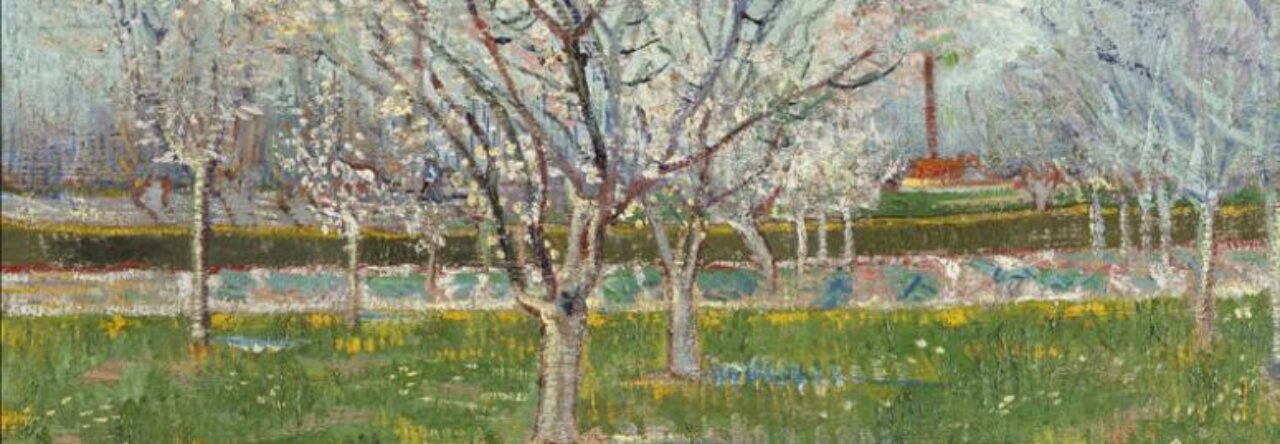
Art is becoming a zone of freedom to present, ungraspably complex and diverse. The variety of contemporary forms, techniques, and subject-matter in art is indeed bewildering. Nowadays, opening educational resources is giving knowledge for free, reveals the potential implications which approach to an altruistic motivation. The adaptions and remixes can function as forms of feedback, the more people share, remix and repurpose, the more useful materials could become. How knowledge is constructed through forms of social interaction, we are learned by doing during this process.
Experience:
The workshop contains buttons made of wood, devices made of iron buckets and flags, houses made of wood, and the garden made of mud. The collection of tools that used to ‘do’ works of art reflects interdisciplinary of realm, using tools to express concepts is the main technique of contemporary art. It can be any material even sketches. To give my point of view, the instructions expressed a scenario of alien war, our group came up with the idea of using buttons one to three to create a series of instructions, such as the Morse code during the period of war. There are also flags of different colors representing armies, thus giving a background of war. Later made of wood homes, and clay giants, and a child made of wood bows and arrows as weapons and other tools are used to pave the way for a scenario of ‘war’. (Figure 1,2,3)
Reflection:
The shift was prepared for by postmodern critique which in a complex series of theoretical moves, and art world has taken up the politically liberal aspect of this rhetoric.
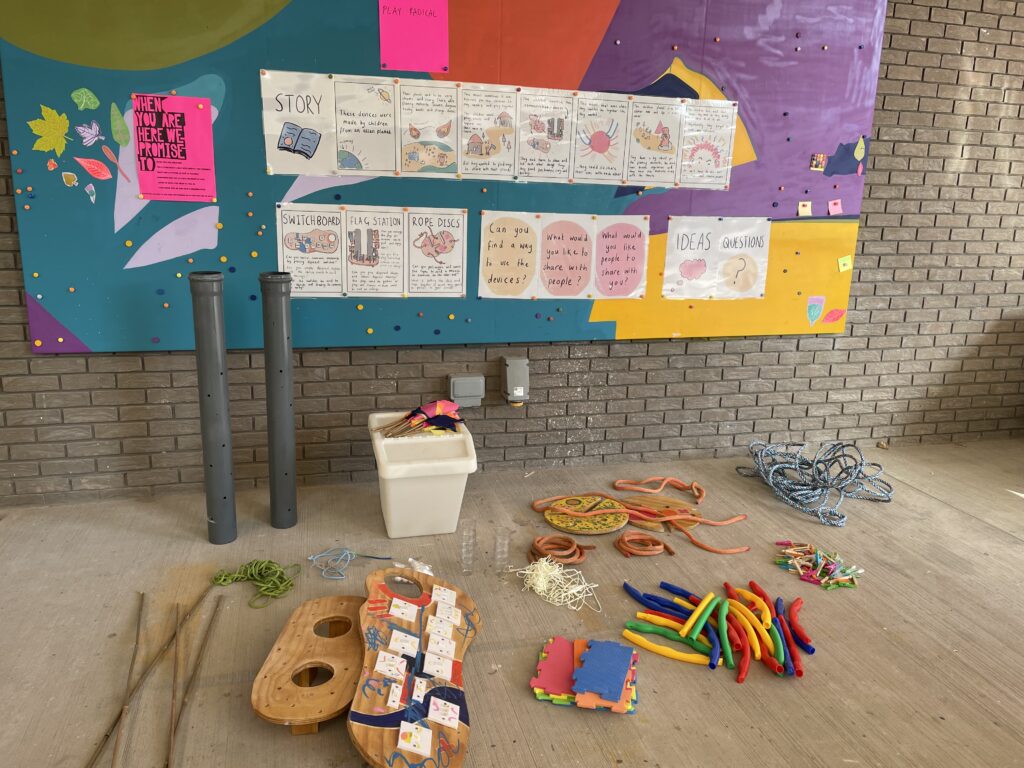


Furthermore, the Colombian artists Doris Salcedo, she worked on sculptures and installations who open up a deep and poignant space for mourning, focusing on the human suffering caused by war and violence over the past thirty years as a political and spiritual reflection. War has brought pain and war has brought inspiring works of art, thus if one day there is no conflict in the world, is there less art engagement to insist or alive?
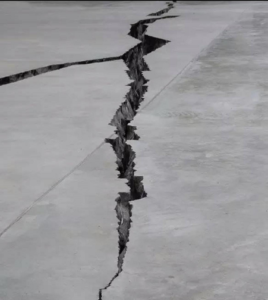
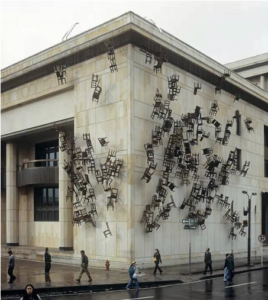
Action:
Based on Experience and Reflection, how to engage in artworks by using toolkit. To give my point of view, it is vital that a moving motive from interaction to influence, correlates big thinking such as geography, physics, politics, environment. Art is an expressive and visual discipline therefore an ideal way to bring for example physics to live, physics is about understanding the behaviour of the world around us, it has a string link to global problems and has a huge impact on a wide range of society. I went to the exhibition of physical artwork last week, it brings more influence that to get familiar with our physical world. The below image shown the Bijels, acronym for bicontinuous interfacially Jammed emulsion, three dimension materials consisting of two intertwining liquid stabilized by a layer of micron-sized particles at their interface. Also, to attend the lecture next week as Hathaway shows, the world-making capacities of mushroom radically challenge is orthodoxy by revealing the lively dynamism of all forms of like. From a geographical perspective, to see today’s mushroom renaissance in compelling new directions.
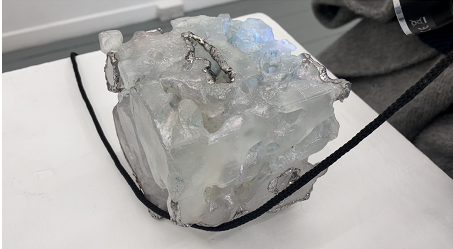
References:
https://www.ph.ed.ac.uk/events/2022/82725-fusion-physics-x-art
The art assignment of whitescapes( https://www.theartassignment.com/assignments/whitescapes) (Figure 1) contains a comprehensive understanding of color due to a diversity of personal experience. Basically, when we talk about one color which produce a multifarious selections in individual’s mind. This masterpiece is formed by colors particles and made with panels and canvas. The visual impact on colors formed how those shape of color construct as an integral area to look at. The artist starts with two contrasting colors to give the audience a visual comparison image. That what we can say one hundred person could see 100 different white or other colors in their mind, there is not typical color to say but feel in a totally subjectively though the visual system of humanity.
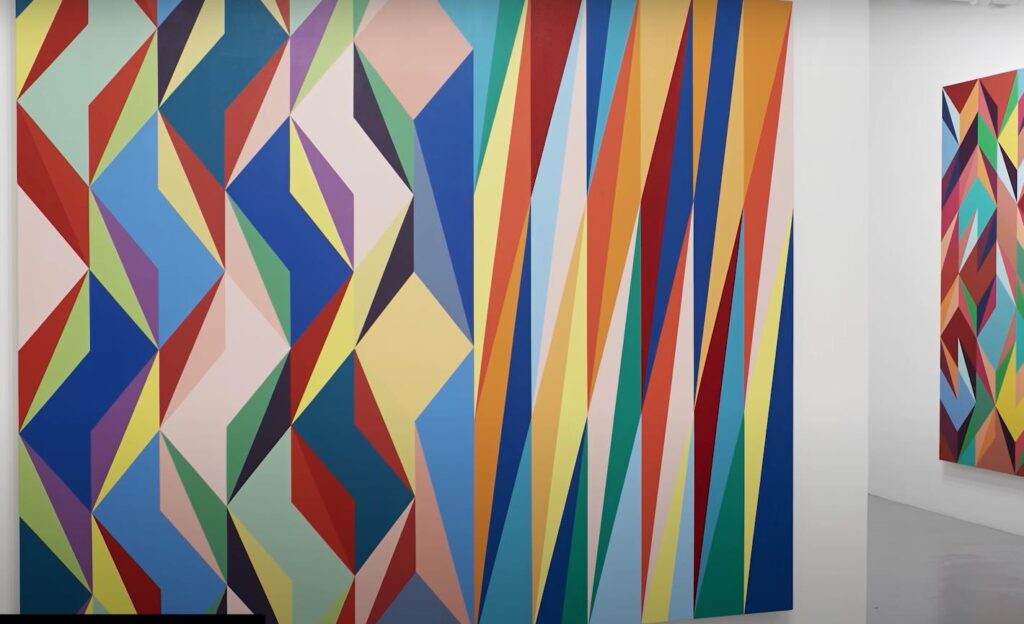 (Figure 1)
(Figure 1) 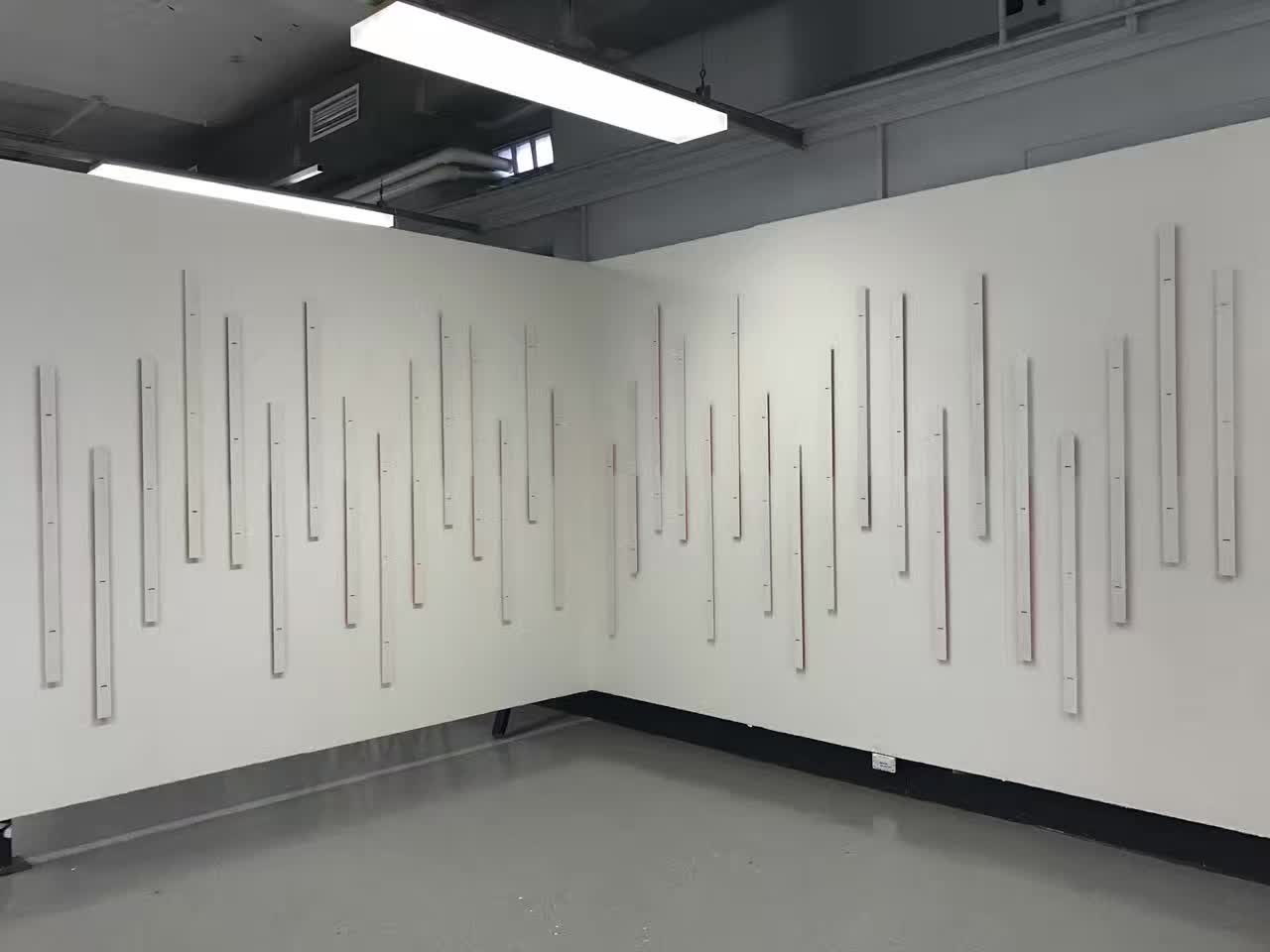 (Figure 2)
(Figure 2)
I have done a similar conception of art piece when I am still an undergraduate student, the shown image above is an area of wall, we are a group of three, we considered ‘white’ as an original color, white produce everything, also white could see anything. There are a range a diversity of ‘white’ how individuals could recognized. For example: ivory white, oyster white, pear white, jade white, silver white and flake white. There are two different white prepared in this piece related to the color of wall and color of panel. Furthermore, we are not considered with a LED light or flashlight when we wrote our proposals. To sum up the core idea of this art piece which is “white not just white, but is everything.” The result of white wall convey a simple idea with a satisfied outcome. We could see a spectrum of colors such as yellow or green or pink or blue reflected on the wall in our visual system.
From a constructivist perspective, I will consider my art assignment as a experimental art, we are learned by doing and to think about what is color and how we produce color by keep doing practical works. There is not a specific theory to think about, but a kind of artistic attempt and experience art practices. Adam provided the practice is the moderation of form of behaviour judged to be associated with learning (Easen&Bolden, 2005) P,2006), also the mental activities and processes are indirectly observed through the prism of actions and reactions, which in turn are seen to provide reliable information. (P, 2006)
To sum up, I think the theory of constructivism has something in common with theory of Hume, his theory of empiricism which attributes to experience the origin and the source of validity of all possible knowledge. (G, 1991) Hume thinks that everything we are is based on experience, our mind is like a blank panel, everything in the mind is a perceptual experience obtained from observation of things, or impression or feelings. Hume’s empirical approach is based on perception first and then observation. To sum up, the perceive system from our cortex of brain, to see color different respectively which maintain with Hume’s theory from my point of view.
References:
Adams, P. (2006). Exploring social constructivism: Theories and practicalities. Education, 34(3), 243-257.
Deleuze, G. (1991). Empiricism and subjectivity: An essay on Hume’s theory of human nature. Columbia University Press.
Powered by WordPress & Theme by Anders Norén